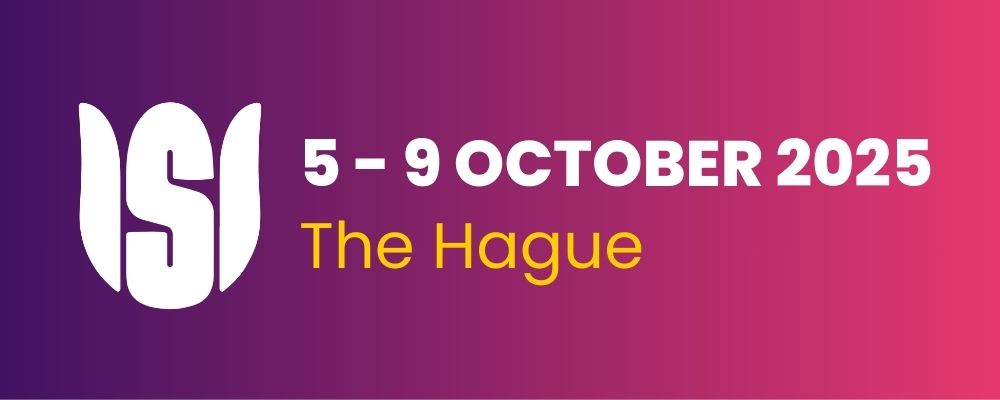Using AI to make Complex Systems less complex
Conference
65th ISI World Statistics Congress
Format: CPS Abstract - WSC 2025
Keywords: ai agents, bayesian networks, complex systems, large language models, probabilistic reasoning
Session: CPS 76 - Bayesian Methods for Complex Data Analysis
Monday 6 October 5:10 p.m. - 6:10 p.m. (Europe/Amsterdam)
Abstract
Complex systems are ubiquitous across science and society, encompassing numerous domains
such as environment, conservation, healthcare, finance, defense, engineering and blockchain.
These systems are characterised by multiple key factors, intricate dependencies, and inherent
uncertainty that challenge traditional modelling approaches. Bayesian network (BN) modelling
has emerged as a particularly powerful approach for representing such complex systems,
capturing probabilistic relationships and enabling reasoning under uncertainty. However, their
construction, interpretation, and application often require specialised expertise that can limit
their accessibility and practical deployment. We demonstrate how AI can bridge the gap
between domain experts and Bayesian network models drawing from our experience in
modelling such systems, ranging from modelling endangered species (cheetahs) to blockchain
(Ethereum).
The integration of LLMs with BNs offers several key advantages. Firstly, these systems can
provide intuitive explanations of network structure and inference results, translating complex
probabilistic concepts into everyday language. Secondly, they can enable dynamic model
refinement through iterative conversations, allowing users to test hypotheses and incorporate
new evidence. Thirdly, LLMs can assist in model validation by generating example scenarios,
identifying potential biases, and suggesting diagnostic tests. The LLM and BN interactions are
further enhanced by building artificial intelligence (AI) agents that orchestrate interactions with
BN models to translate conversations into queries that can be run through the BN, propagating
evidence and updating beliefs in the network, with the results returned to the user in a way that
is easy to comprehend. Additional actions and tools may also be incorporated into the AI agent
as subject matter knowledge and model requirements evolve over time.
Our approach leverages the complementary strengths of these paradigms: Bayesian networks
provide rigorous probabilistic foundations, causal and explanatory reasoning capabilities, while
LLMs offer natural language understanding, knowledge synthesis, and human-computer
interaction, and finally AI agents orchestrate the invocation of various components necessary to
complete these interactions. The value of the integration of these technologies have numerous
practical applications across multiple domains. For example, in healthcare, conversational
chatbots can help clinicians build and interpret diagnostic networks by incorporating medical
literature and patient data while providing explanations that support clinical decision-making. In
environmental and conservation research, it enables conservationists, researchers and
non-technical stakeholders to construct and query BN models using conversational language,
exploring various scenarios and guides them in decision making under uncertainty in a way that
is understandable to diverse stakeholder groups.
We also address key challenges including ensuring that probabilistic interpretations are
consistent and logical, maintaining interpretability as models grow in complexity.
We conclude with a vision for the future of human-AI collaboration in statistical modelling, where
conversational interfaces make sophisticated probabilistic reasoning accessible to broader
audiences while maintaining the rigour and interpretability that make complex systems
modelling approaches, such as Bayesian networks, invaluable tools for understanding
uncertainty and causation in complex systems. We consider emerging use cases for the
application of this technology and opportunities for further research.

